The Rich Heritage of Ginger Paste in Telugu Cuisine
In Telugu cuisine, ginger paste holds a revered position, celebrated for its role as a foundational ingredient in many beloved dishes. The significance of ginger extends beyond mere flavor, as it embodies a rich cultural heritage, deeply embedded in the culinary practices of the region. Traditionally, ginger paste is prepared by grinding fresh ginger roots into a smooth consistency, often complemented by garlic to enhance its piquancy. This mixture is a staple in numerous recipes, including curries, chutneys, and rice preparations, where it imparts a distinctive zest and warmth.
Telugu households often have their own variations of ginger paste, reflecting family recipes passed down through generations. The versatility of ginger allows it to be combined with other spices, creating a multitude of flavor profiles tailored to regional tastes and occasions. One of the most popular traditional dishes featuring ginger paste is “Ginger Chicken,” where the paste not only adds heat but also boasts health benefits, acting as a natural remedy for colds and digestive issues. In addition, ginger rice, which incorporates ginger paste, is a common dish during festivals and family gatherings, symbolizing celebration and togetherness.
The medicinal qualities of ginger are widely acknowledged, with the ingredient recognized for its anti-inflammatory and antioxidant properties. In the Telugu culture, ginger paste serves not only to elevate the flavor of dishes but also to contribute to the nutritional well-being of its consumers. Studies indicate that regular inclusion of ginger in the diet may help improve immune function and provide relief from digestive ailments. As a result, this vibrant component of Telugu cuisine highlights the seamless blend of culinary art and health consciousness that characterizes the region’s food culture.
Seeking Global Distribution: Expanding the Reach of Ginger Paste
The growing demand for international cuisine has led to a significant interest in authentic Indian food, with ginger paste emerging as a prominent ingredient. This surge in popularity creates opportunities for businesses to distribute ginger paste on a global scale. Identifying target markets is crucial; countries with large Indian communities or a penchant for Indian cuisine, such as the United States, Canada, Australia, and the UK, are ideal locations for expanding the reach of ginger paste. Understanding the preferences and culinary habits of these markets will facilitate tailored marketing strategies and distribution methods.
Effective distribution channels are essential for penetrating international markets. Engaging in partnerships with gourmet food stores, specialty shops, and restaurants can open avenues for showcasing ginger paste. Additionally, creating an online presence through e-commerce platforms can help reach a wider audience who appreciate authentic ingredients for their cooking. In this digital age, utilizing social media and collaborating with food influencers can further amplify the visibility of ginger paste, showcasing its versatility and unique flavor profile to potential customers.
However, there are challenges in international distribution that businesses must navigate. Packaging plays a pivotal role in maintaining product quality during transit. It is important to utilize materials that ensure the longevity of the ginger paste while appealing to consumers. Moreover, complying with regulatory requirements in different countries can be complex; understanding food safety standards and labeling regulations ensures compliance and builds consumer trust. To tackle these challenges effectively, businesses must invest in research and development, ensuring that their products meet the diverse requirements of international markets.
In conclusion, with strategic planning and a focus on quality, businesses can successfully position ginger paste within the global market, attracting a diverse audience eager for authentic Indian flavors.

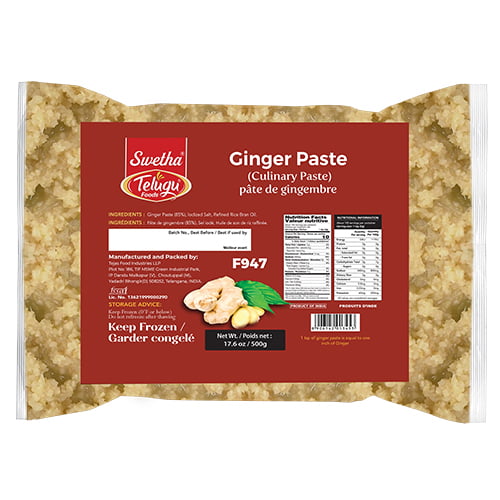
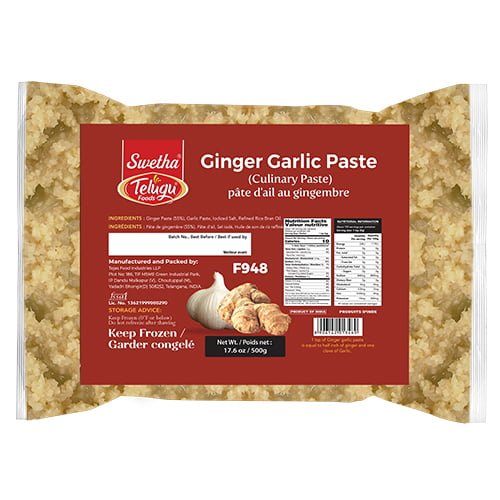
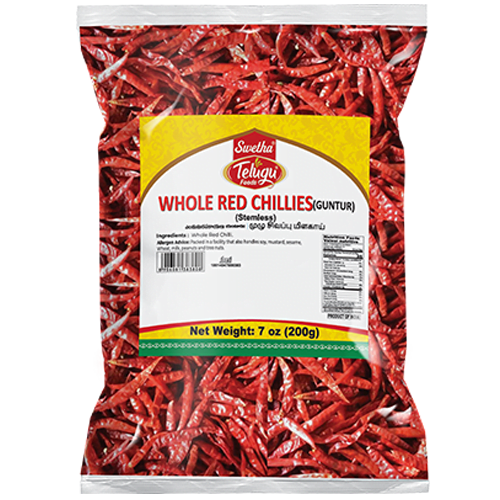


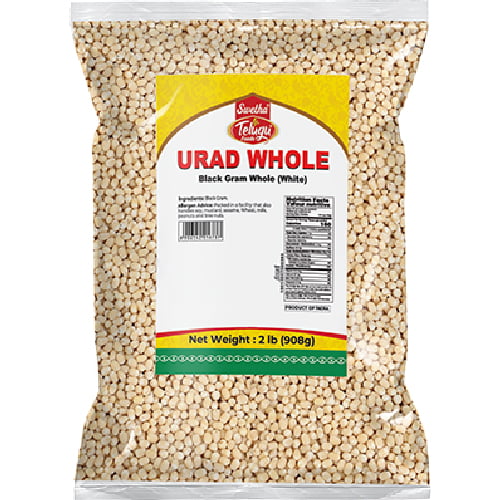
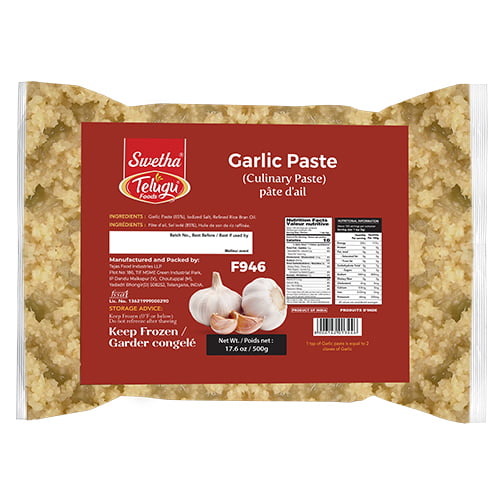
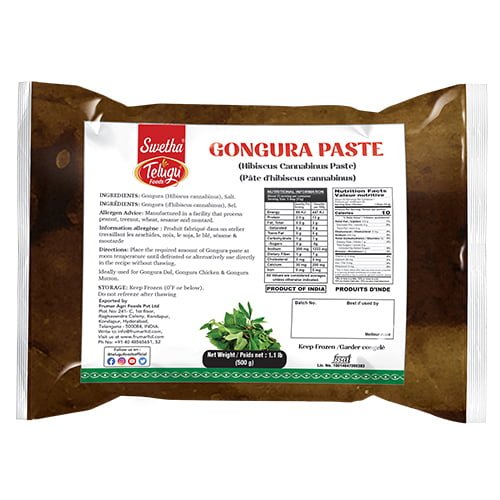
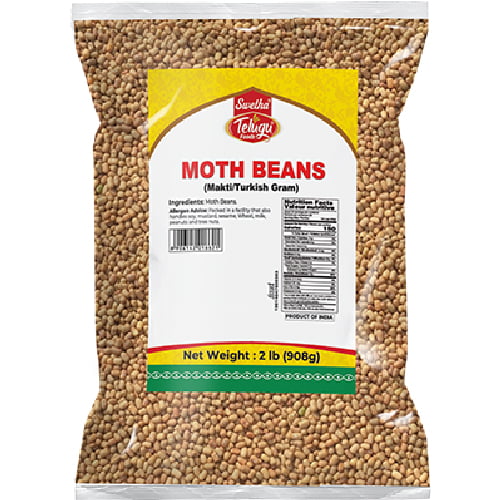
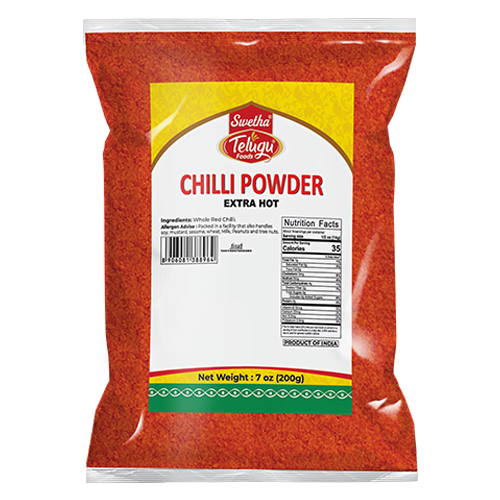

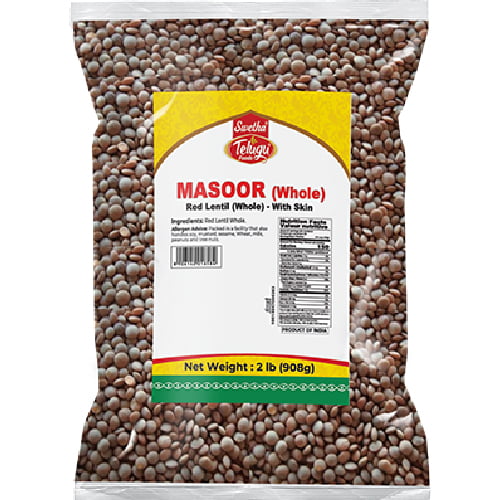
Reviews
Clear filtersThere are no reviews yet.